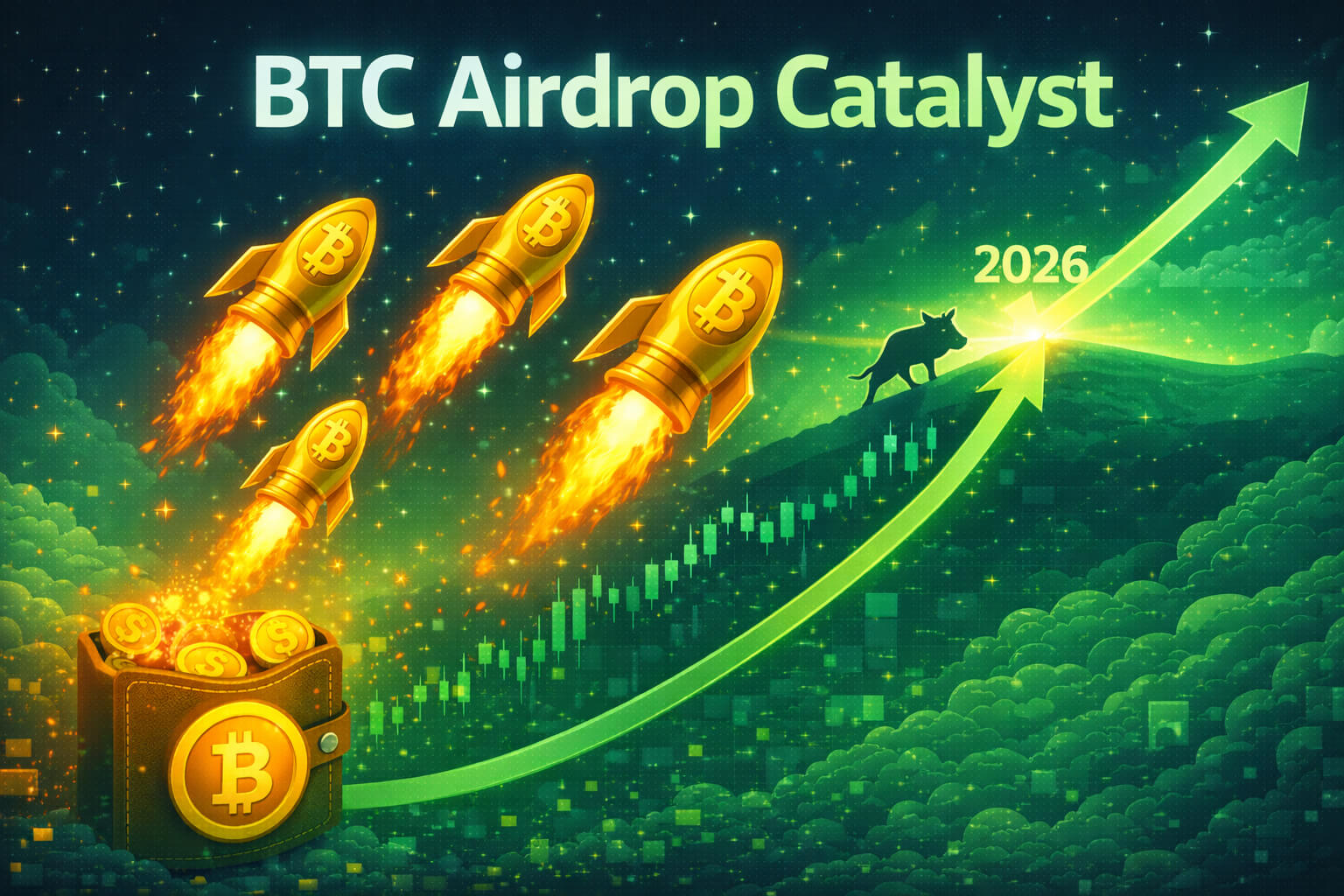1. Introduction: The Evolution of Infrastructure Networks
In recent years, decentralization has expanded beyond digital assets and finance, reaching the realm of physical infrastructure. Decentralized Physical Infrastructure Networks (DePINs) represent a groundbreaking shift in how we own, operate, and maintain infrastructure. DePINs leverage blockchain technology and decentralized networks to enable collaborative management of physical infrastructure, such as communication networks, energy grids, and transportation systems. This article explores the rise of DePINs, their benefits, challenges, and the transformative potential they hold for industries worldwide.
Why DePINs Matter
DePINs democratize infrastructure ownership and management by distributing control among network participants. This shift can increase efficiency, reduce costs, and foster innovation in sectors that have traditionally been dominated by centralized entities.
2. What Are Decentralized Physical Infrastructure Networks (DePINs)?
Decentralized Physical Infrastructure Networks (DePINs) involve systems where decentralized networks manage physical infrastructure assets. Unlike traditional infrastructure models, where a single entity or a group of entities controls the assets, DePINs distribute ownership and operational control among multiple participants. This decentralized approach enhances transparency, security, and resilience, making infrastructure more accessible and adaptable to changing needs.
- Key Characteristics of DePINs:
- Decentralization: Participants across a network own and control DePINs rather than a single entity.
- Blockchain Integration: DePINs rely on blockchain technology to ensure transparency, security, and immutability of records.
- Collaborative Management: Network participants work together to manage and maintain infrastructure, often incentivized through tokens or other rewards.
3. How DePINs Work
DePINs operate by using decentralized technologies, such as blockchain, smart contracts, and tokenization, to manage physical infrastructure collaboratively. Here’s a breakdown of how they function:
3.1 Tokenization of Physical Assets
In a DePIN, tokenization converts physical infrastructure assets, such as communication towers, solar panels, or transportation hubs, into digital tokens. These tokens represent ownership or operational rights and can be traded or managed on a blockchain.
- Example:
- A communication tower in a DePIN might be divided into 1,000 tokens, with each token representing a share of ownership or a right to receive a portion of the tower’s revenue.
3.2 Decentralized Governance

DePINs utilize decentralized governance mechanisms, allowing token holders to vote on decisions related to the management and operation of the infrastructure. This could include decisions about maintenance schedules, upgrades, or resource allocation.
- Example:
- Token holders in a DePIN managing a network of solar panels might vote on whether to allocate funds for new installations or focus on maintaining existing panels.
3.3 Incentivization and Rewards
Participants in a DePIN contribute to the network’s operation and maintenance in exchange for rewards, often in the form of tokens. These rewards encourage active participation and ensure that the infrastructure remains functional and efficient.
- Example:
- Participants who provide maintenance services to a decentralized energy grid might receive tokens as compensation for their work, which they can trade or use within the network.
4. Benefits of Decentralized Physical Infrastructure Networks
DePINs offer several advantages over traditional centralized infrastructure models, making them an attractive option for the future of global infrastructure.
4.1 Increased Transparency and Trust
Blockchain technology in DePINs ensures that all transactions and decisions are recorded on an immutable ledger. This transparency builds trust among participants and reduces the risk of fraud or corruption.
4.2 Enhanced Resilience and Security
Decentralization reduces infrastructure vulnerability to single points of failure. In a DePIN, if one node or participant fails, the network can continue to operate, making the system more resilient to disruptions.
4.3 Democratization of Infrastructure Ownership
DePINs open up infrastructure ownership to a broader range of participants, allowing individuals and smaller entities to invest in and benefit from infrastructure assets. This democratization can lead to more inclusive economic growth and reduce the dominance of large corporations in critical sectors.
4.4 Cost Efficiency and Innovation
By removing intermediaries and enabling direct collaboration among participants, DePINs can reduce operational costs and foster innovation. The decentralized nature of these networks encourages experimentation with new technologies and approaches to infrastructure management.
5. Challenges and Considerations for DePINs
While DePINs offer significant benefits, they also face challenges that must be addressed to realize their full potential.
5.1 Regulatory Uncertainty
The regulatory environment for DePINs is still evolving, with many governments and institutions grappling with how to classify and regulate decentralized networks that manage physical assets. This uncertainty can create challenges for adoption and integration with existing infrastructure systems.
5.2 Scalability Issues
As DePINs grow, they may face scalability challenges, particularly in managing many participants and assets. Ensuring that the network can handle increased demand without compromising performance will be critical for the success of DePINs.
5.3 Coordination and Governance
Decentralized governance can lead to challenges in coordination, especially when participants have differing priorities or interests. Ensuring effective decision-making processes that balance the needs of all stakeholders will be essential for the stability of DePINs.
6. The Future of Decentralized Physical Infrastructure Networks
The rise of DePINs represents a significant shift in how we think about and manage infrastructure. As technology advances and the benefits of decentralization become more widely recognized, DePINs will likely play an increasingly important role in sectors ranging from energy and transportation to telecommunications and beyond. The potential for increased efficiency, resilience, and inclusivity makes DePINs a promising model for the future of global infrastructure.
Conclusion: Embracing the Future with DePINs
Decentralized Physical Infrastructure Networks (DePINs) offer a transformative approach to managing and owning physical infrastructure. By leveraging blockchain technology and decentralized governance, DePINs can democratize infrastructure, increase resilience, and drive innovation across various industries. As we look to the future, DePINs have the potential to revolutionize global infrastructure, making it more accessible, transparent, and adaptable to the needs of a rapidly changing world.
For more insights and detailed guides on decentralized networks and blockchain technology, explore our Blockchain Technology Guides section.
Stay Updated
For the latest updates on DePINs and other decentralized technologies, follow us on:
Stay informed with the latest strategies and insights in the world of decentralized technology at FreeCoins24.io.
Special Offer
Interested in exploring decentralized infrastructure? Sign up on Bybit today and take advantage of up to $30,000 in deposit bonuses. Start your journey with a trusted platform.

















